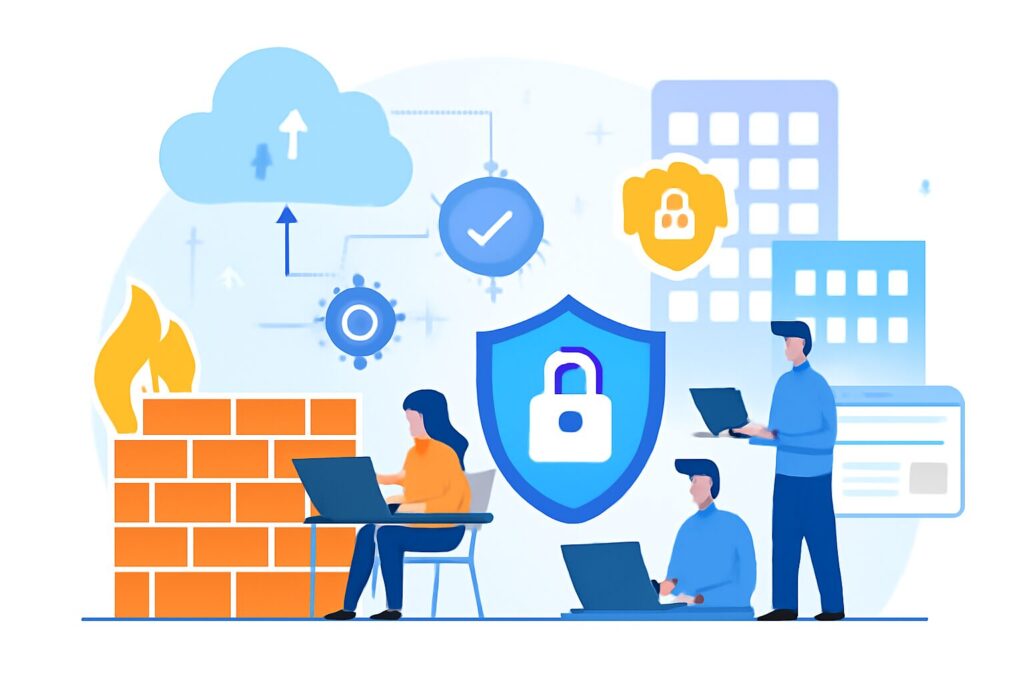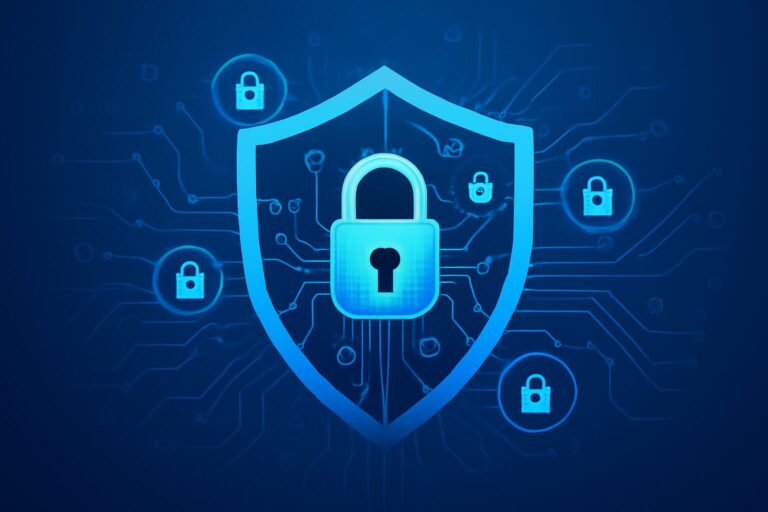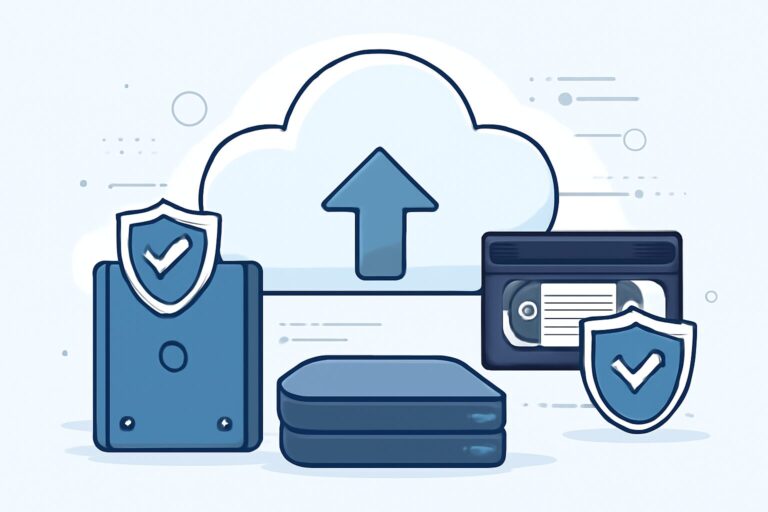In today’s highly digital-dependent era, the importance of network security is increasingly prominent. As the core of enterprise defense, choosing a suitable network firewall alternative is crucial. More and more enterprises are considering **SonicWall alternatives** to mitigate service disruption risks, enhance security protection capabilities, and reduce operation and maintenance costs. This article will provide an in-depth analysis of why SonicWall alternatives are needed, key evaluation factors for firewall alternatives, and leading solutions recommended in 2024, helping you make informed security investment decisions.
—
## Why Consider SonicWall Alternatives? 🔒
Given the increasing complexity of cyber threats, relying on a single brand or product is often insufficient to comprehensively counter new security challenges. Enterprises consider **SonicWall alternatives** mainly for the following reasons:
**Preventing Service Interruption Risks**: While SonicWall is a mature firewall product, some versions have had security vulnerabilities and service instability issues in recent years. For example, the 2019 Zero-day vulnerability incident led to attacks on certain enterprise systems. Relying on a single firewall vendor poses risks, especially as enterprise networks become primary attack targets today.
**Enhancing Network Security Protection**: With the frequent incidents of ransomware, APT attacks, and zero-day vulnerabilities, relying solely on traditional firewalls is insufficient. Advanced firewall alternatives can integrate threat intelligence, AI threat detection, and multi-layered defense measures to significantly boost overall security strength.
**Reducing Operation and Maintenance Costs and Complexity**: SonicWall product configuration and management are relatively complex. Deploying across multiple sites requires substantial manpower for maintenance. Finding alternatives that are easier to operate with higher automation levels helps optimize operational processes, reduce manual errors, and improve security operation efficiency.
In summary, considering **SonicWall alternatives** is a necessary step for enterprises to build a network security “backbone”, avoid single points of failure, and embrace smarter protection.
—
## Key Evaluation Factors When Choosing Firewall Alternatives ⚙️
When selecting excellent network firewall alternatives, focus on the following aspects:
**Security Performance and Threat Detection Capabilities**
The ideal alternative should possess deep packet inspection (DPI), intrusion prevention system (IPS), advanced malware protection, and zero-day threat detection capabilities. Today, combining AI-based behavioral analysis technology can detect unknown attacks earlier and improve defense levels.
**Brand Reputation and Technical Support**
Long-term brand reputation reflects product quality and service reliability. The response speed and professionalism of technical support directly affect emergency handling efficiency in security incidents. Prioritize globally recognized vendors or those with strong user feedback.
**Scalability and Cloud Security Integration**
With the advancement of cloud computing, firewalls must protect not only on-premises but also cloud environments. Choosing alternatives supporting hybrid cloud architecture and comprehensive cloud security features enables seamless business protection.
**Deployment Complexity and Management Convenience**
Ease of use is a critical consideration for enterprise IT teams. Solutions should support unified management platforms, policy auto-synchronization, reduce manual configuration errors, and accelerate deployment.
**Cost and Total Cost of Ownership (TCO)**
Beyond purchase costs, consider maintenance, upgrade fees, and potential downtime risks. Estimating overall expenses reasonably ensures maximum return on investment.
These evaluation points provide a solid foundation for enterprises to select appropriate **network firewall alternatives**.
—
## Top 5 Leading SonicWall Alternatives in 2024 ✨
Based on the evaluation criteria above, here are five outstanding solutions in the 2024 market:
| Vendor | Key Highlights | Suitable Scenarios |
|————————|————————————————–|—————————————————|
| **Palo Alto Networks** | Next-gen firewall + threat intelligence, AI-assisted protection | Medium to large enterprises needing fine-grained policy management and advanced threat defense |
| **Fortinet FortiGate** | High-performance SD-WAN and UTM integration, unified security and network management | Multi-branch enterprises emphasizing network architecture consolidation and security unification |
| **Check Point** | Powerful unified threat management (UTM), leading cloud security | Enterprises pursuing multi-layered security and flexible cloud protection, especially financial and government sectors |
| **Sophos XG** | Synchronized security and integrated management, simplified policy formulation | Small businesses and organizations seeking rapid deployment and easy management |
| **Cisco Firepower** | Enterprise-grade intrusion prevention, rich security incident visualization | Large enterprises requiring deep security situational awareness and rapid response capabilities |
For example, Palo Alto Networks uses cloud-based threat intelligence and machine learning to update protection policies in real time, significantly reducing false positives and negatives. Real-world projects report increased threat detection efficiency by over 30% (source: [Palo Alto Networks Official Whitepaper](https://www.paloaltonetworks.com)).
Enterprises should make comprehensive decisions based on business scale, security demands, vendor service responsiveness, and budget.
—
## Cloud Firewall vs. On-Premises Firewall: Pros and Cons 🌐 vs 🖥️
With cloud technology development, enterprises face choices in firewall deployment:
**Cloud Firewall Advantages:**
– **Flexible deployment:** No hardware purchase, quick setup.
– **Pay-as-you-go:** Elastic scaling reduces capital pressure.
– **Easy maintenance:** Automatic upgrades and continuous threat database updates.
**Cloud Firewall Disadvantages:**
– Dependent on internet link quality, higher latency;
– Compliance concerns in strict regulatory scenarios.
**On-Premises Hardware Firewall Advantages:**
– **Strong physical isolation**, clear security boundaries;
– **One-time investment**, lower long-term costs;
– **Low latency**, suitable for latency-sensitive applications.
**On-Premises Hardware Disadvantages:**
– Long procurement cycles, complex upgrades and maintenance;
– Expansion limited by hardware capabilities.
Many enterprises adopt **hybrid architectures**, combining the performance strengths of on-premises firewalls with the flexibility of cloud firewalls, while introducing the **Zero Trust Network** concept to reinforce identity authentication and least-privilege access for a more secure network environment.
—
## Best Practices for Deploying SonicWall Alternatives 🛠️
After selecting an alternative, scientific deployment is crucial:
**Comprehensive Network Audit and Risk Assessment**
First, conduct a thorough audit of existing network architecture and security policies to identify risks and protection gaps as a basis for replacement.
**Phased Deployment and Parallel Testing**
It is recommended to adopt phased switching—deploy the new firewall in a test environment or partial business lines first to ensure compatibility and performance before full rollout, reducing service disruption risks.
**Policy Migration and Rule Optimization**
Combine new firewall features to optimize and reconstruct SonicWall firewall policies, avoiding risks and inefficiencies from simple rule copying.
**Monitoring Logs and Continuous Security Operations**
Strengthen log collection and analysis post-deployment, set up a security operations team for daily monitoring, timely anomaly response, enhancing protection effectiveness and visibility.
—
## Frequently Asked Questions (FAQ) on Migration ❓
1. **How to minimize business interruption during migration?**
Use staged deployment and run systems in parallel to ensure seamless switching, communicate with business teams and users in advance, and prepare contingency plans.
2. **How to map configuration and SonicWall rules?**
Employ vendor-provided migration tools or scripts, combined with security experts’ assistance, to ensure coverage of key access controls.
3. **How to ensure new firewall security policies’ coverage?**
Use security audit tools to verify rule enforcement and conduct penetration testing to confirm policy effectiveness.
4. **What if the new system’s performance is insufficient?**
Check deployment architecture, adjust hardware resources or upgrade cloud firewall specifications, and contact vendor support if needed.
5. **What key points to focus on in vendor support and service agreements?**
Service response times, technical expertise, firmware upgrade frequency, and security patch update mechanisms are critical evaluation criteria.
6. **How to balance security and operational convenience?**
Choose firewalls that support automated management and centralized security platforms to reduce manual interventions, improving efficiency and risk control.
—
Visit De-Line Information Technology to learn more about **SonicWall alternatives** and comprehensive **enterprise security protection** solutions. Our professional team is dedicated to crafting network security frameworks tailored to your business needs, ensuring your information assets are safe and secure. Start your security upgrade journey now at [https://www.de-line.net](https://www.de-line.net)! 🚀🔐
************
The above content is provided by our AI automation poster




